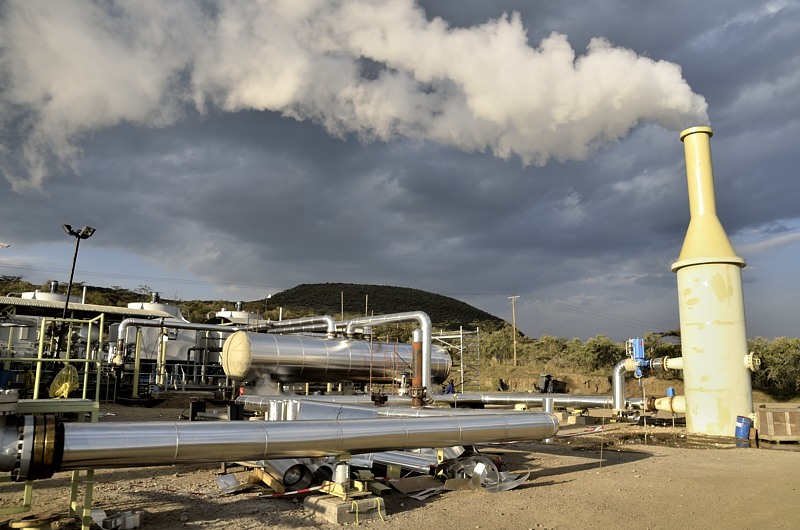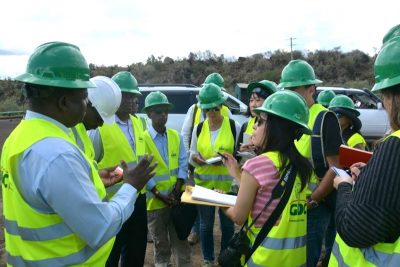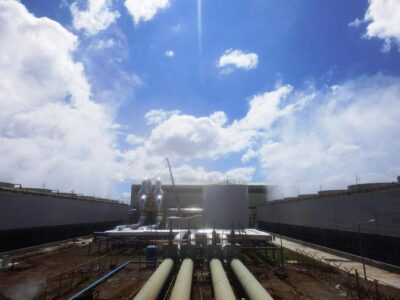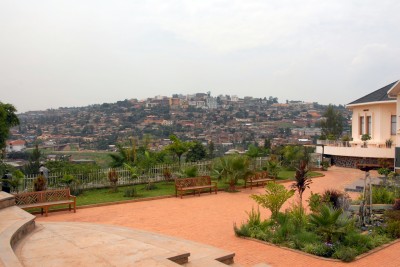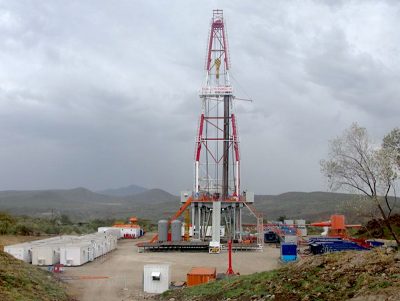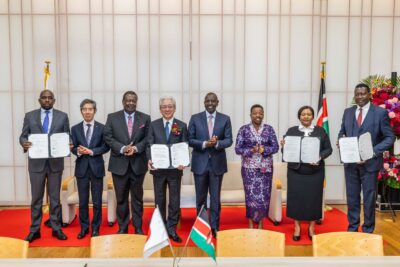Commentary on the development of geothermal energy in Kenya
Wycliffe Muga explores how the price of electricity can transform his developing nation – particularly geothermal produced electricity
An interesting editorial written by Wycliffe Muga of Kenya. Muga explores how the price of electricity can transform his developing nation – particularly geothermal produced electricity. He notes that geothermal energy can be a far greater resource than the minerals and fossil fuels they might hope to discover. Yet support is often lacking at the government level, despite the interest of international partners willing to assist Kenya in developing this resource.
If there is one thing guaranteed to unite all Kenyans in loud opposition to the government of the day, it is an increase in the cost of maize flour.
The ugali that we use it for is such an iconic part of Kenyan life that even those who do not eat it that often – those who prefer potatoes, for example, or rice or chapatis – will respond with fury at the news that the price of unga has gone up.
I remember smiling to myself when, barely a fortnight ago, I overheard two elegant ladies in a cafe complain bitterly about the cost of unga, as they delicately sipped on cappuccinos, which cost more per cup than the two-kilo packet of maize they were declaring to be “unaffordable”.
Well, there is one thing that I wish Kenyans would be equally angry about: The cost of electricity.
A strong case can be made that many of our problems as a nation arise from the fact that we have not thus far been able to make the transition from a generic developing nation economy (based on agriculture and tourism) to an industrial economy that actually manufactures things which the rest of the world will pay for.
And any such industrialisation requires, first and foremost, a vast supply of cheap electricity.
However, in our search for cheap electricity, we need not follow the Chinese model: China’s industrial surge was made possible mostly by coal-power stations, which is why the skies over various Chinese cities are frequently full of smog.
We actually have something much better – a truly enormous geothermal electricity production capacity.
I wrote some months back of how when I was in Australia for the AfricaDownUnder annual conference hosted by the Australia-Africa Mining Industry Group in 2015, I met an energy expert who told me that in his estimate, the potential value of Kenyan geothermal energy is far greater than that of the oil reserves and other mineral resources.
And that far from being just a facilitator of the emerging mining sector in Kenya, geothermal energy was actually a far greater resource than any coal or oil or natural gas that we might hope to discover and exploit.
More recently, Japan Ambassador Toshitsugu Uesawa, writing in a local newspaper about the country’s role in helping Kenya establish the existing geothermal power stations at Ol Karia, noted that:
“While Kenya is one of the world’s leading producers of geothermal power, we are proud that this success has come in collaboration with Japanese companies that supply most of the turbines…Japan commands a 70 per cent share of the global market for these very special turbines critical to a source of energy that is second to none in being environment friendly…one remarkable fact is that Ol Karia I unit 1-3 started operating 36 years ago and is still generating power on the same set of Japanese turbines…”
So it seems clear enough that if we have not managed to greatly expand our production of geothermal energy, it is not for lack of development partners willing to work with us to provide the technology needed to fully utilise this natural resource.
That mention of Kenya being a top producer of geothermal energy raises this question: Who are the other top producers of geothermal energy?
Well, there is nothing remarkable in seeing New Zealand, Italy, Indonesia, Mexico and Japan on that list, but what about Iceland? This is, after all, a country with a total population of just over 330,000 people. So what do they do with all that power, since it all cannot be used in domestic consumption by such a small population?
Well, Iceland has used its geothermal resource and the cheap power it produces to become one of the world’s top aluminium smelting centres.
Iceland has no bauxite (aluminium ore) of its own. But its geothermally-generated electricity is so cheap that bauxite is shipped to Iceland for processing, and aluminium shipped back to global markets.
This example reminds us that geothermal energy is a natural resource in its own right, no different from oil or coal – and it is something we have plenty of.
Source: Wycliffe Muga. “Geothermal is green and cheap” May 25, 2017.
